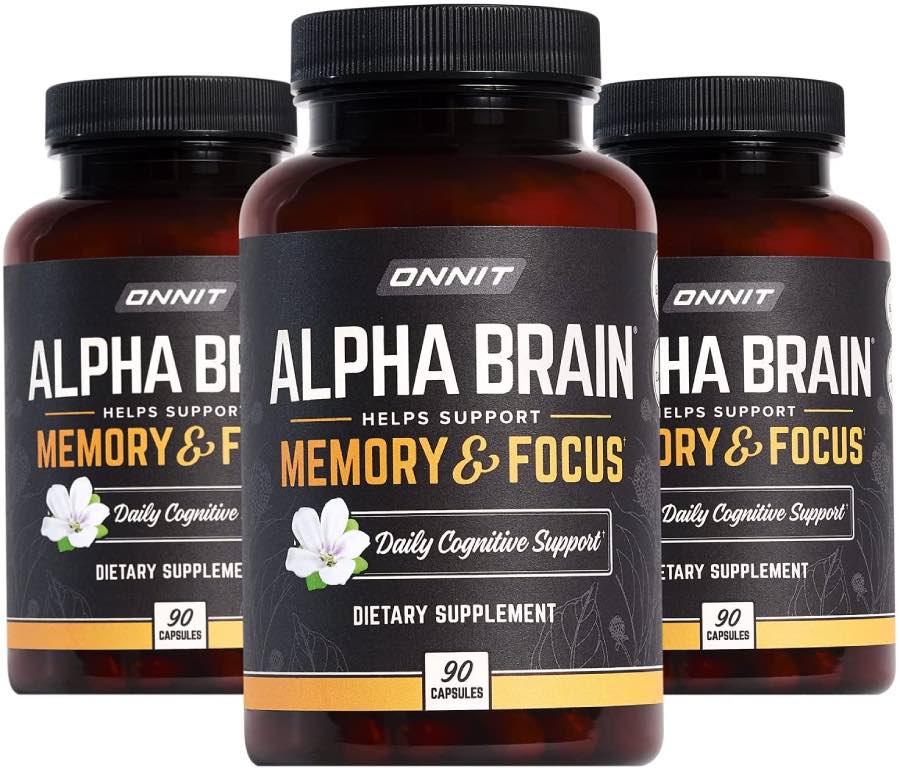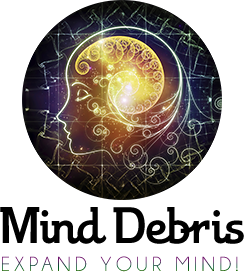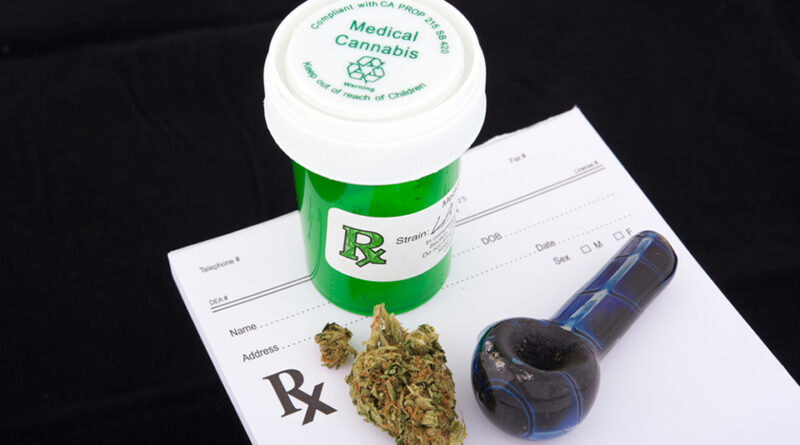Understanding Medical Marijuana
[Please note that this page contains affiliate links. If you choose to purchase after clicking a link, I may receive a commission at no extra cost to you.]
Medical marijuana can replace highly addictive pain killers such as opioid-based drugs or sometimes called synthetic heroin, and can be used as a safer treatment in place of other pharmaceuticals.
It can help people with inflamed intestine diseases, such as chronicles and colitis, reduce inflammation in glaucoma sufferers, give cancer and AIDS patients a healthy appetite, and help with anxiety and insomnia.
First, let us look at Charlotte’s Webb. It is a medical marijuana plant with high cannabidiol (CBD) concentrations and low tetrahydrocannabinol (THC). THC from the plant has psychoactive properties, and it is responsible for that high feeling one gets from consuming weed. And has no psychoactive properties but has healing potential for the human body.
Charlotte Web was made by the Stanley brothers from Colorado to treat epilepsy. Charlotte’s Web was named after this little kid Charlotte, who gets hundreds of seizures a day, so taking the oil from the Charlottes’ web plant immediately stopped her seizures, and she could live and function in everyday life.
It is also safer than Epidiolex: this drug is used to treat children’s epilepsy received FDA approval in 2013, and its use is highly restricted. Charlotte’s Web was called a miracle plant by the parents of the kids.
It has helped. It could have saved the life of my good friend Jenn who died five years ago during an epileptic seizure in her sleep, if we did not have the outrageous ridiculous laws keeping marijuana illegal and stigmatized, as we could have saved a lot more lives sooner. But, as it has for these people:
Medical marijuana works well as an anti-inflammatory for people with inflammatory diseases such as arthritis, Chron’s, colitis, IBS, emphysema, etc.
CBD Essentials
Putting CBD cream on the areas hurting from inflamed joints caused by arthritis and consuming weed, mainly eating it, generates a new drug after passing through the liver called: 11-hydroxy metabolite. This drug helps reduce the inflammation of the arthritic joints.
There is also CBD oil available in creams for those stiff joints. For people with Crohn’s, colitis, and other intestine inflammation diseases, pot can help calm the inflammation in the intestines, allowing people to live a better life, spending less time on the toilet and more time with family and friends.
Putting CBD cream on emphysema rashes can help keep those irritations at bay. Just by putting a little CBD-infected area(s), it makes it go away as if it was magic.
Smoking weed can reduce inflammation caused behind your eyes, known as intraocular pressure caused by inflammation from glaucoma. By intaking marijuana for glaucoma, people can regain better eyesight and not have that irritating pressure behind their eyes.
When consuming weed later, older people can see better, allowing them to drive, cook, do puzzles, and anything else that eyesight will enable them to do things they once could not see.
A friend of mine, Grandma, last year, who at the time was 83 years young, took one little hoot of a joint and later was able to drive for a week. Before, her glaucoma was so bad she could not see well enough to go. At least she just had glaucoma and not a more severe disease such as cancer.
People with cancer going through radiation and other cancer treatments by consuming cannabis can help people feel hungry, so they eat more, and it helps them recover better.
You do not need as many opioids, so it is better for your liver, kidneys, stomach, and other organs to be affected by too many opioids.
It may have the potential to slow down or even stop the growth of tumours, but more research on this and many other areas involving marijuana deed to be done.
Marinol and Cesamet are used to treat nausea and lack of appetite related to chemotherapy, and in AIDS patients, they are synthetic versions of THC; both were approved in the 1980s.
Another drug, Sativex, is in clinical trials in the U.S. for pain with breast cancer. It is made from a combination of chemicals from marijuana and is sprayed into the mouth. Sativex is approved in more than 20 countries to treat M.S. and cancer pain muscle spasms.
There is an agreement among medical marijuana researchers that marijuana has many yet undiscovered therapeutic applications. Still, the federal government’s drug prohibition forecloses the necessary research into its possible uses.
Medical Marijuana and Mental Health
The cannabinoid system in the brain is related to the nervous system, as it helps regulate it, so with people with anxiety or anxiety disorders such as; post-traumatic stress disorder (PTSD), it helps with calming people down and can help with sleep, with fewer dreams means more minor flashbacks with PTSD patients.
It helps put people in the moment, so you are not dwelling on the past or being anxious for the future, but it also can make anxiety and related symptoms worse for some people.
For more than 3,000 years, weed has treated numerous and various medical conditions. In ancient India, marijuana was used for different medical purposes, including treating gastrointestinal disorders, headaches, insomnia, and as a pain reliever frequently used in childbirth.
Hopefully, when it becomes legal next year, the billions they will make in tax can be used to study many things in the medical field with pot.
The flood gates should theoretically open many areas to research marijuana on humans. And soon after that, it should create a path to properly study psychedelics and mental health and pick up where so much brilliant research left off from back in the ’70s and before these substances became illegal.
Weed and psychedelics have the chance to flip the pharmaceutical industry upside down and will probably treat people far more efficiently than what we have now.

References:
Maa & Figi. (2014). The case for medical marijuana in epilepsy. Epilepsia, 55(6), 783-786. http://onlinelibrary.wiley.com.ezproxy.ardc.talonline.ca/doi/10.1111/epi.12610/epdf
Feingold, Brill, Goor-Arey, Delayahu & Lev-Ran. (2017). Journal of Affective Disorders, 218, 1-7. http://eds.a.ebscohost.com/eds/detail/detail?vid=1&sid=8581fea0-be48-4b63-a55e-020f4c64cc5c%40sessionmgr4010&bdata=JnNpdGU9ZWRzLWxpdmU%3d#db=edselp&AN=S0165032716320018
(Gillian 2017) Alive: Canada’s Natural Health & Wellness Magazine. 414, p135-139.
(Yale 2017) Maclean’s. Vol. 130 Issue 3, p48-48. Maclean’s., Vol. 130 Issue 3, p48-48.
(Vaida, 2016) https://www.webmd.com/pain-management/features/medical-marijuana-researchweb#2
(Adams 2016) http://reset.me/story/study-finds-lifelong-cannabis-users-are-healthy/
(Limbach 2016) http://reset.me/story/cannabis-saved-my-life-myoclonic-astatic-epilepsy/
CNN’s documentaries: Weed, Weed 2, and Weed 3.

